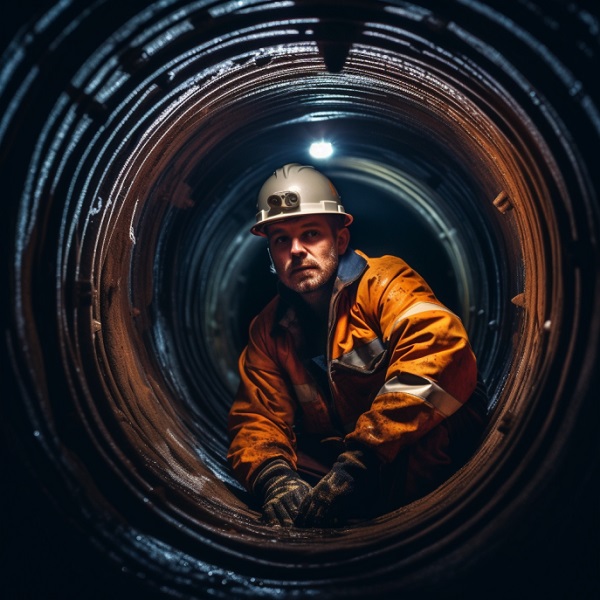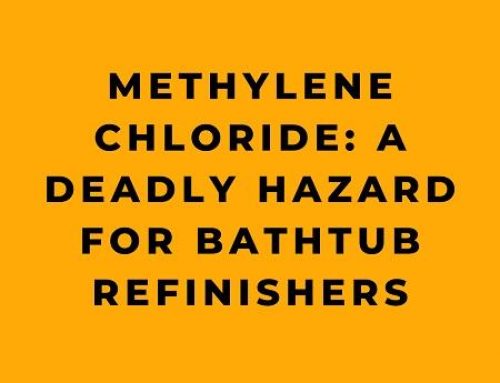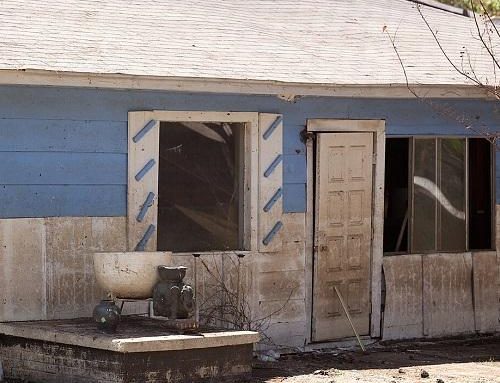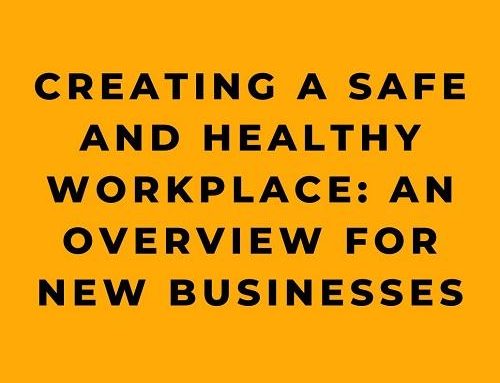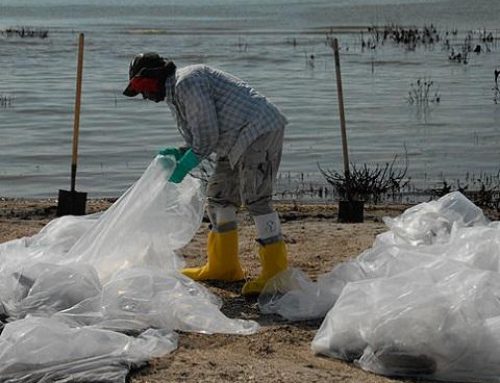Today we’re going to talk about Confined Spaces in Construction, particularly focusing on Sewer Systems. In this labyrinth of underground tunnels and infrastructure, risks are around every corner, every manhole. These spaces can become lethal in the blink of an eye if the dangers lurking within aren’t identified, evaluated, tested, and neutralized in a timely and efficient manner. This story focuses on these invisible threats within sewer systems and how those in charge can keep their workers from harm.
Now, OSHA, that’s the Occupational Safety and Health Administration for those not in the know, has crafted a brand spanking new construction standard for Confined Spaces (29 CFR 1926 Subpart AA). To understand the parameters, let’s establish a confined space: it’s a space large enough for a worker to squeeze into, with limited entry or exit points, and certainly not a place you’d want to set up camp for long.
Additionally, this space could warrant a permit if it’s filled with a potentially hazardous atmosphere or the possibility of engulfment or suffocation. The layout might be tricky, possibly trapping an unwary worker between converging walls or a sloped floor, or harboring any other serious safety or health danger.
Here’s the sobering part: these hazards in confined spaces, specifically in sewer systems, have claimed lives. We’ve seen a worker lose consciousness and ultimately pass away after entering a sewer vault to retrieve a tool. His colleague, attempting a rescue, met the same tragic end. Another worker met his maker after a natural gas leak ignited while he was inside a drainage pipe, retrieving survey equipment.
OSHA’s new standard insists that employers equip their workforce with the knowledge about the existence, location, and hazards of each permit-required confined space. Unauthorized entry is strictly off-limits. Training is paramount; it allows workers to carry out their duties safely, fully comprehend the risks lurking in permit spaces, and grasp the methods used to protect them. It’s also crucial to understand the peril of attempting unauthorized rescues.
When it comes to making a safe entry into a confined space, the new standard outlines several prerequisites. Here’s a breakdown:
- The Preparations: Before a worker sets foot in a confined space, the employer has to take certain steps.
- Appoint a capable person to assess the work site for any confined spaces.
- Once identified as a permit-required confined space, the entry and exit points, proper ventilation methods, and mitigation or control of potential hazards must be determined.
- The air in the confined space needs to be tested for oxygen levels and potential flammable or toxic substances.
- If the space requires a permit, hazards must be controlled or eliminated and rescue procedures and equipment should be planned.
- Should the air in a space be unsafe, it should be ventilated or controlled in a manner that allows safe work.
- The Continuous Measures: Post the pre-entry planning, employers need to ensure constant monitoring for hazards, particularly atmospheric ones. Effective communication becomes vital as multiple contractors might be operating on the site. Attendants must prevent unauthorized personnel from entering the confined space.
Now, let’s dig into the nitty-gritty of Sewer Systems, comprising of sanitary (domestic sewage), storm (runoff), and combined systems. These intricate networks include confined spaces like pipelines, manholes, wet wells, and lift stations, among others. Employers operating in this domain will likely encounter these confined spaces.
Further into the depths, wastewater treatment plants house confined spaces such as digestion tanks, sedimentation tanks, and others. All of these could potentially qualify as permit-required confined spaces.
Employers are entrusted with ensuring safety in these confined spaces, complying with OSHA’s Construction Confined Spaces standard. This rule applies to both the creation of new structures within an existing sewer and alterations or upgrades. Construction can create new confined spaces or convert existing ones into permit-required spaces.
Sewer systems harbor multiple confined space hazards, including atmospheric perils, harmful chemicals, risks of drowning, electrocution, slips, and falls, to name a few. Prior to starting work, employers need to identify and provide necessary personal protective equipment (PPE) and proper training.
For further information, reach out to OSHA via their website or call 1-800-321-OSHA (6742). For a thorough list of compliance requirements of OSHA standards or regulations, refer to Title 29 of the Code of Federal Regulations.
Remember folks, it’s a risky job. Keeping informed and prepared could make the difference between life and death in the confined spaces beneath our feet.
Well folks, I’ve walked you through the world of confined spaces in sewer systems, dived into the dangers and how to stay safe. But, understanding and working by the book is another beast to tackle. To give you the upper hand in this game of safety, we’ve got some top-notch “Confined Space Entry” training materials. They’re crafted to give workers the know-how to keep safe in Permit Spaces, and for the bosses to keep in line with OSHA rules, regardless if they’re in the “general industry” or the “construction” world.
We’ve got a variety of products for your training needs… from new “Micro-Learning” and comprehensive online courses to DVD and interactive CD courses. We’ve made sure to cover key topics integral to understanding the lay of this land.
Our lineup includes:
- How to trim down risks with a Permit Space Program
- The Entry Permit decoded
- Techniques for testing hazardous atmospheres
- Steps to make a space as secure as it gets
- A systematic approach to safe entry
- Role of attendants and evacuation procedures
- How to handle “Special” situations
- … and much more
Our “Confined Space Entry” products come in English and Spanish, for everyone to benefit.
For those who like their learning in bite-sized chunks, our “Confined Space Entry” MicroLearning curriculum offers quick 3-5 minute courses on crucial topics.
So come on, dive in, click on the link, and let’s get educated on how to keep safe in the depths!


